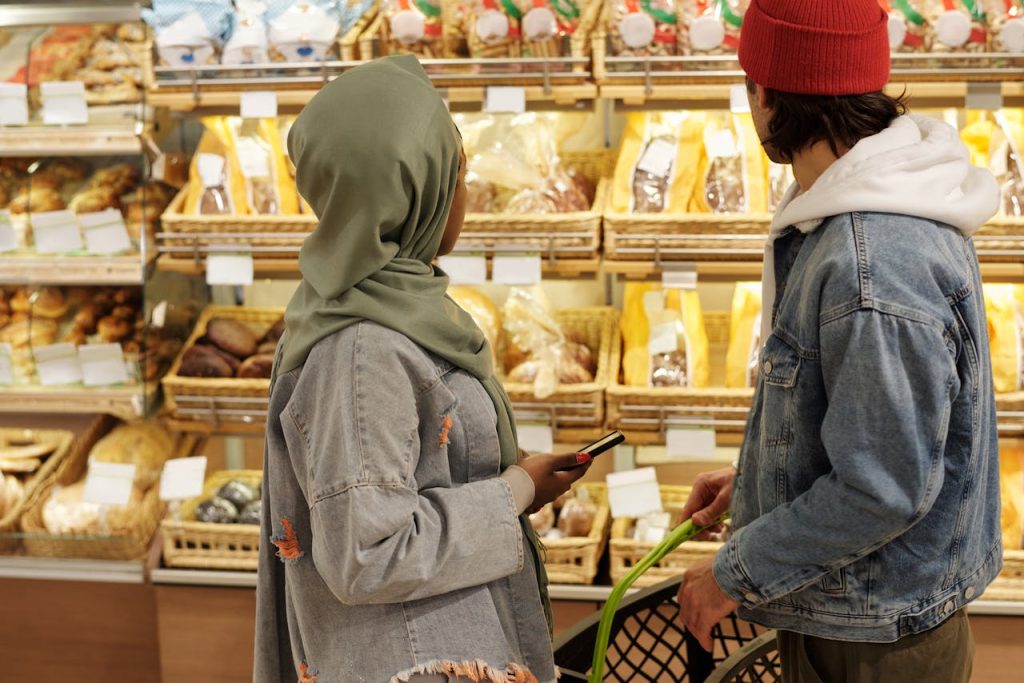
Grocery store loyalty cards seem like a win. You scan your card, get discounts, and maybe earn a few points. But there’s a catch most people don’t see. These cards collect a lot of data about your shopping habits. That data can be used in ways that don’t always help you. In fact, your loyalty card could be the reason you’re paying more at the store. Here’s how it works and what you can do about it.
1. Your Data Is Worth More Than Your Discounts
When you use a grocery store loyalty card, you’re giving the store a detailed record of everything you buy. This data is valuable. Stores use it to track trends, predict what you’ll buy next, and even set prices. The small discounts you get are nothing compared to the value of your data. In some cases, stores make more money selling your data or using it to target you than they lose on discounts.
2. Personalized Pricing Can Mean Higher Prices for You
Loyalty cards let stores see your shopping patterns. With this information, they can offer you “personalized” prices. Sometimes, that means a deal. But it can also mean you pay more than someone else for the same item. If the store knows you always buy a certain brand of coffee, they might not offer you the best deal on it. Instead, they’ll give the discount to someone who rarely buys it, hoping to win them over. You, the loyal customer, end up paying more.
3. Dynamic Pricing Is Easier With Loyalty Cards
Dynamic pricing means prices change based on demand, time, or even who’s shopping. Loyalty cards make this easy. The store can see what you buy, when you shop, and how much you spend. They can then adjust prices just for you. Maybe you get a coupon for something you never buy, but the price of your favorite snack quietly goes up. This isn’t just a theory.
4. You May Miss Out on Better Deals
Not every deal is tied to your loyalty card. Sometimes, stores offer better prices to people who don’t use the card or who shop less often. If you always use your card, the store knows you’re a regular. They might not bother to give you the best deals, since they know you’ll shop there anyway. Meanwhile, new or infrequent shoppers get the big discounts to lure them in. You end up paying more just for being loyal.
5. Your Shopping Habits Can Be Used Against You
Every time you scan your loyalty card, you tell the store what you like, how much you buy, and when you shop. Over time, this creates a profile. Stores can use this to predict what you’ll buy and when. If they know you always buy ice cream on Fridays, they might raise the price just for you that day. Or, they might stop offering you coupons for things you buy regularly. Your habits, once tracked, can be used to squeeze more money out of you.
6. Privacy Concerns Go Beyond Pricing
It’s not just about money. Your loyalty card data can be shared or sold to third parties. This can include advertisers, insurance companies, or even data brokers. Once your data is out there, you have little control over how it’s used. This can lead to targeted ads, higher insurance rates, or even being denied certain offers. The risks go beyond your grocery bill.
7. Opting Out Isn’t Always Simple
You might think you can just stop using your loyalty card. But some stores make it hard to get the best prices without one. Others require you to sign up for digital accounts or apps, which collect even more data. If you want to protect your privacy and avoid higher prices, you may need to shop around, pay attention to weekly ads, or even use cash. It takes effort, but it can save you money and keep your data safer.
8. What You Can Do to Protect Yourself
If you want to avoid paying more because of your loyalty card, there are steps you can take. First, compare prices with and without the card. Sometimes, the “discount” isn’t really a deal. Second, use your card only when it offers a real benefit, like a big sale or a free item. Third, read the privacy policy to see how your data is used. Finally, consider shopping at stores that don’t use loyalty programs or that offer the same prices to everyone.
Rethinking Loyalty: Is It Worth the Cost?
Grocery store loyalty cards promise savings, but they come with hidden costs. Your data can be used to set higher prices, limit your deals, and even invade your privacy. The next time you scan your card, think about what you’re really giving up. Sometimes, loyalty costs more than it saves.
Have you noticed prices changing when you use your loyalty card? Share your experience in the comments.
Read More
Online Recipes That Waste Your Grocery Budget
How to Slash Your Grocery Bill by $200 This Month
The post How Your Grocery Store Loyalty Card Could Trigger Higher Prices appeared first on The Free Financial Advisor.







